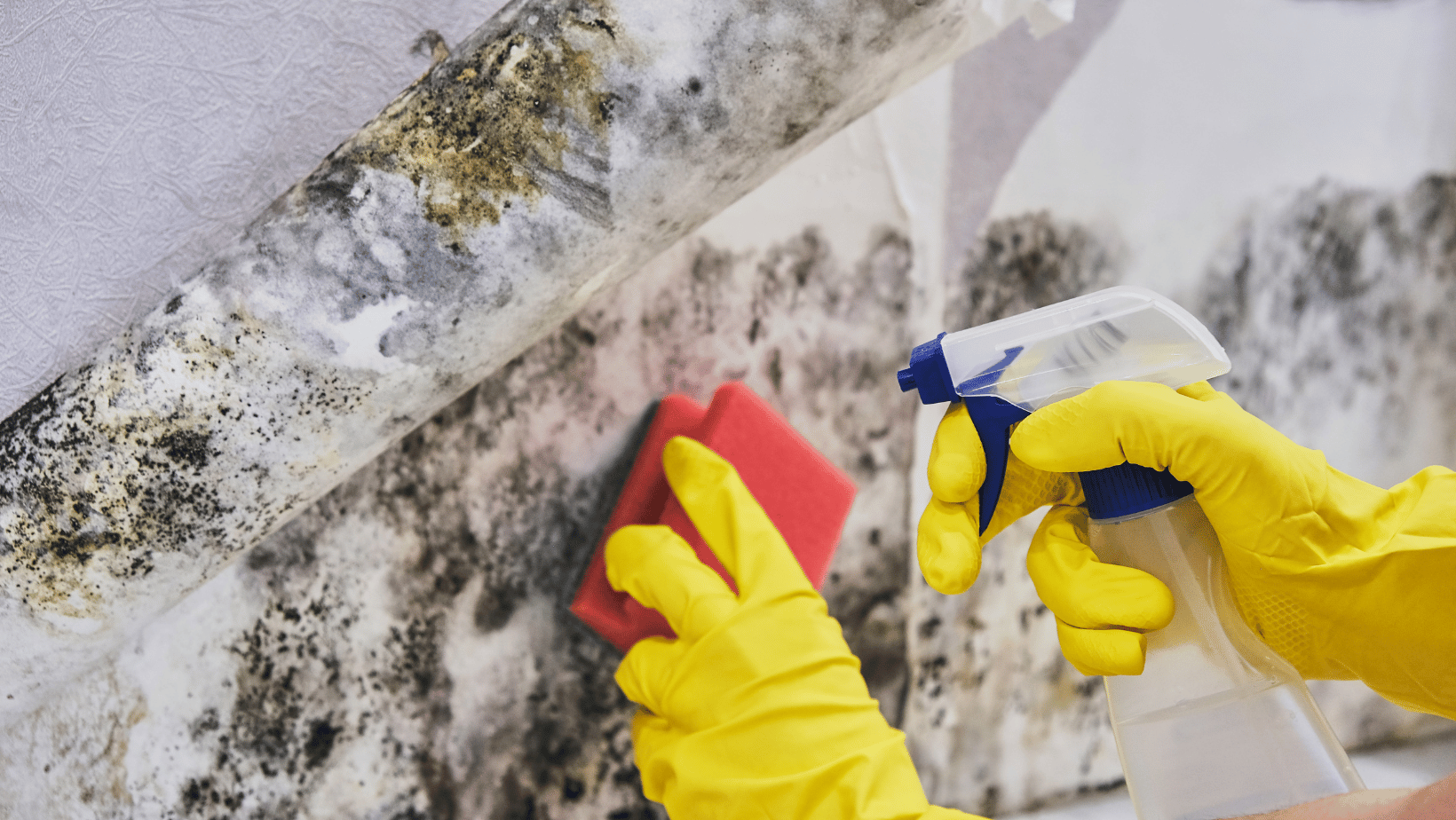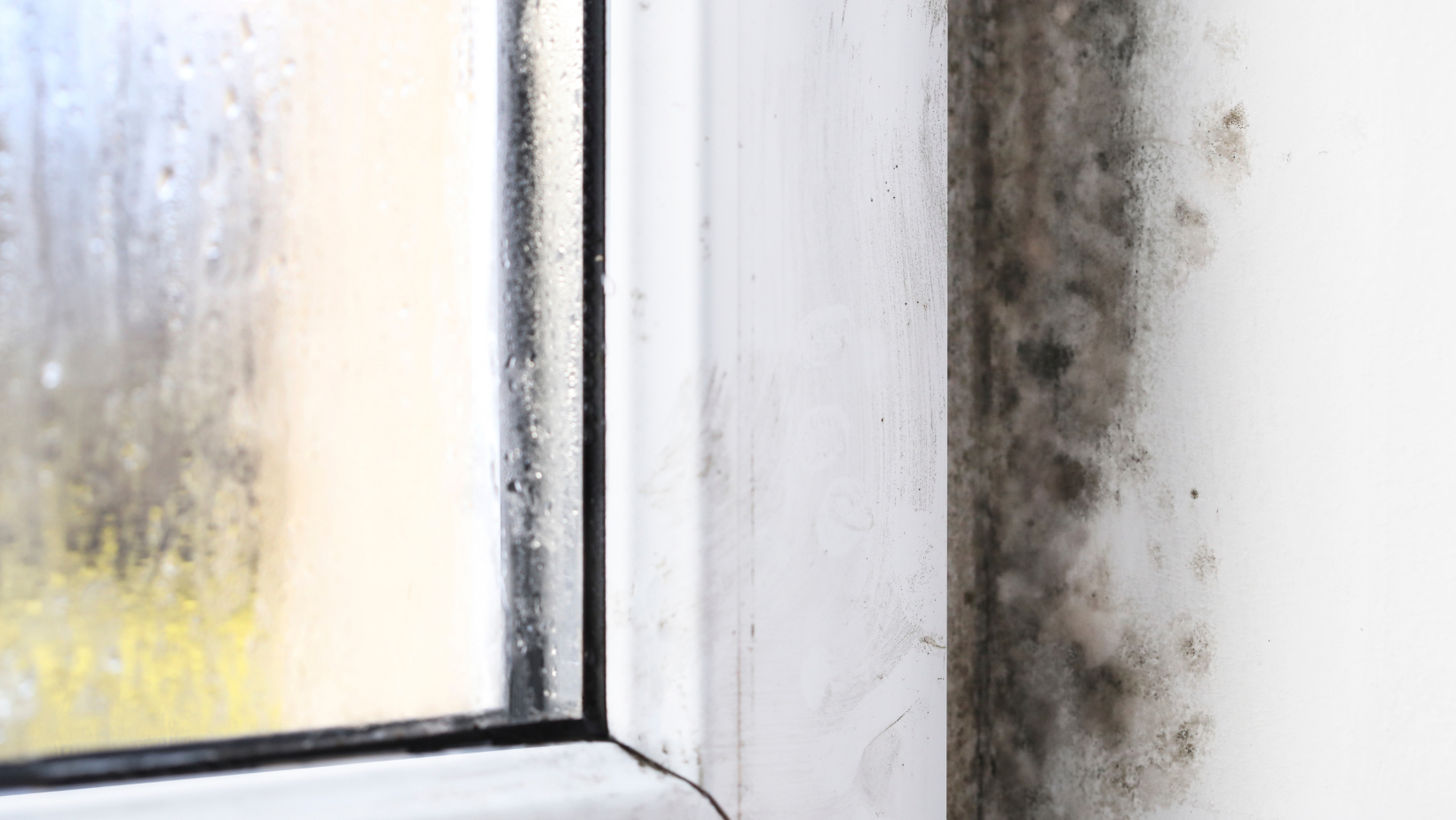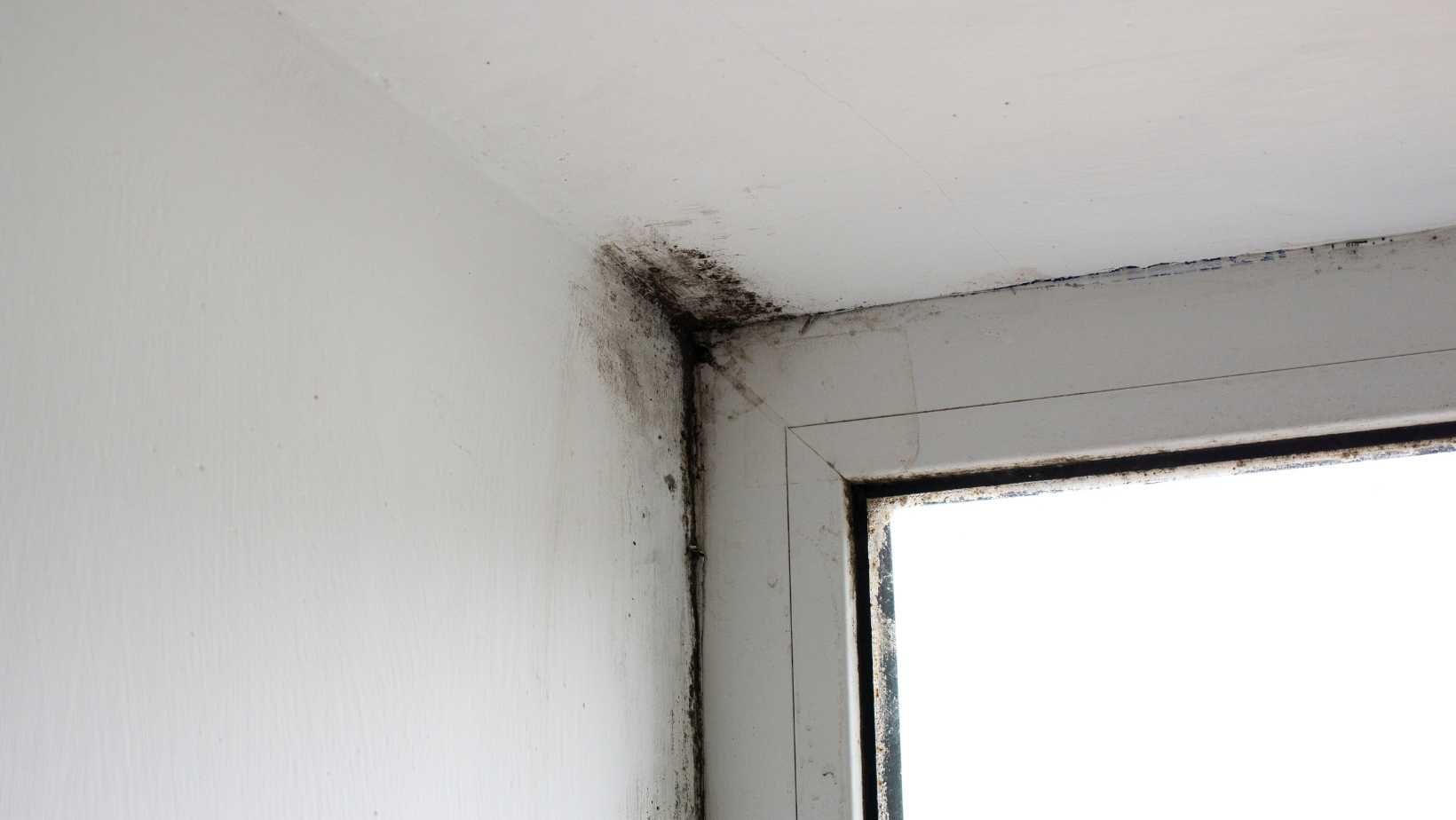Carpet Mold Prevention
Mold Growth in Lake Charles Buildings
Mold naturally exists all around us. Airborne fungal spores are a key component of the outdoor environment and plays a critical role in the natural breakdown of organic material. With the normal indoor-outdoor air exchange at your doors, windows and vents – there will always be some airborne mold spores inside your Lake Charles home. Mold comes a problem when it develops and grows in excess, begins to contaminate your building materials, and begins to compromise your indoor air quality. Indoor mold problems are caused by moisture. When spores are introduced to damp conditions, the spores will germinate, root and spread.
Moldy Carpets in Residential and Commercial Properties
The fibers of carpeting can be the deal breeding ground for mold development given the right conditions. Indoor carpeting tends to be especially vulnerable to mold growth because it attracts and holds onto moisture and dirt. If fungal spores land on damp or wet carpeting, the spores will feed on the dirt trapped in the fibers and begin to grow and spread. Wall-to-wall carpeting, as well as area rugs, can provide an ample breeding ground for mold in damp environments.
Homes in Lake Charles are often at high risk for mold issues given the humid and damp Louisiana climate. Carpeted rooms in flood zones can be especially vulnerable to mold. If wet carpeting is left sitting for a period of time, you should consider getting your home inspected and tested for mold by a local mold inspector in Lake Charles.
Signs of Carpet Mold
Unfortunately, carpet mold is often illusive and hidden in the fibers of the carpet piling, under the carpeting, and/or under the carpet padding. Moisture often soaks through the layers. When spores land on the carpeting, regular foot traffic pushes the spores deep within the piling and allows the spores to develop without notice. Some of the most common signs of an underlying mold issue include the following:
- Visible mold growth-- This can be a rare case, but sometimes it may be obvious from visual inspection that mold is developing.
- Discoloration or staining-- Suspicious or unexplained discoloration or staining can be an indication of moisture buildup or water damage that could be causing moldy carpets.
- Musty Odors-- It is common for mold to be accompanied by musty odors. Mold releases a pungent, earthy odor that can be rather off-putting. If you detect musty odors, you could be dealing with hidden mold under your flooring or carpets.
- Wet or water-damaged carpet-- Carpet and/or carpet padding that has been exposed to major flooding or standing water, will likely need to be replaced. In serious cases of water damage, the carpet is likely non-salvageable. In such cases, if the carpet is not properly removed and the area is not thoroughly dried out, mold growth is likely inevitable.
How To Prevent Mold Growth on Carpeting
Routine Carpet Maintenance: It is important for property owners to take good care of your carpets. This means routine and thorough cleaning with regular assessments. When cleaning your carpets try to use dry cleaning methods to minimize moisture absorption. If you must use water, liquid, or other moisture during the cleaning process, be sure to thoroughly dry the area out afterwards. While you are cleaning, pay close attention and assess for any signs of potential issues. When it comes to mold, early detection and cleanup can go a long way preventing a major contamination that will require an expensive cleanup. Additionally, routine cleanings and assessments will ensure that your carpets stay in the best condition possible and extend its lifespan.
Indoor Humidity Control: High humidity causes indoor mold. To prevent indoor mold growth, Lake Charles homeowners should keep indoor humidity levels below 50%. A properly rated dehumidifier coupled with optimized air circulation and proper ventilation can help get your humidity level below 50% and help maintain the lower humidity levels.
Strategic Installation: Homeowners should be strategic when planning carpet installation. It is important to avoid installing carpeting in moisture-prone areas like bathrooms and areas that are commonly flooded. If you plan to install carpeting, you should consider investing in waterproof and mold-resistant carpet padding like solid, rubber-slab carpet padding with anti-microbial properties.
Immediate Dry Out: You should never level standing water just sit. In order to effectively prevent carpet mold development, you need to keep your carpets dry and minimize contact with moisture. If your carpet gets wet or damp, you should make efforts to get it dry as soon as possible. Extended exposure to standing water will compromise the quality of your carpet and cause mold growth. The top and bottom surfaces of the carpet, any padding, and the floor underneath must be cleaned and completely dried right away to avoid serious damage. In the event of a major water event or prolonged exposure to standing water, the carpet will likely be non-salvageable and will need to be removed and replaced. Local water damage restoration professionals can provide the water extraction and structural drying services needed when you have a major flood, water leak or hurricane damage.
Moldy Carpet Removal & Professional Mold Remediation
The composition of carpeting makes it very difficult to effectively clean once it has been exposed to mold. With normal foot traffic, the spores get pushed deep within the fibers of the piling – making removal the only effective solution. If you suspect you have an indoor mold problem with moldy carpets, you likely need professional mold cleanup performed by a local mold remediation company in Lake Charles. Professional mold removal technicians are specially trained to contain the contamination, remove all moldy materials and perform a detailed treatment of all the remaining surfaces to restore a clean, safe and healthy environment for you and your family.
DryMax Restoration is a local mold cleanup company in Lake Charles. Our remediation process includes:
- HEPA-filtered, negative air containment to prevent cross-contamination
- Careful removal of all moldy, non-salvageable materials (like moldy carpets and moldy drywall)
- Thorough antimicrobial treatment destroys surface spores
- Detailed HEPA vacuuming to physically remove surface spores
- Embedded mold root removal via a safe oxidative method
- Physical scrubbing and wiping to ensure a detailed cleaning
- Detailed re-HEPA vacuum to remove any residual surface spores
- Application of a mold-resistant encapsulate to help prevent future regrowth.
To learn more about moldy carpet removal and professional mold remediation near you, call DryMax’s local office -- 337-446-2042.
You might also like
DryMax Mold Blogs




